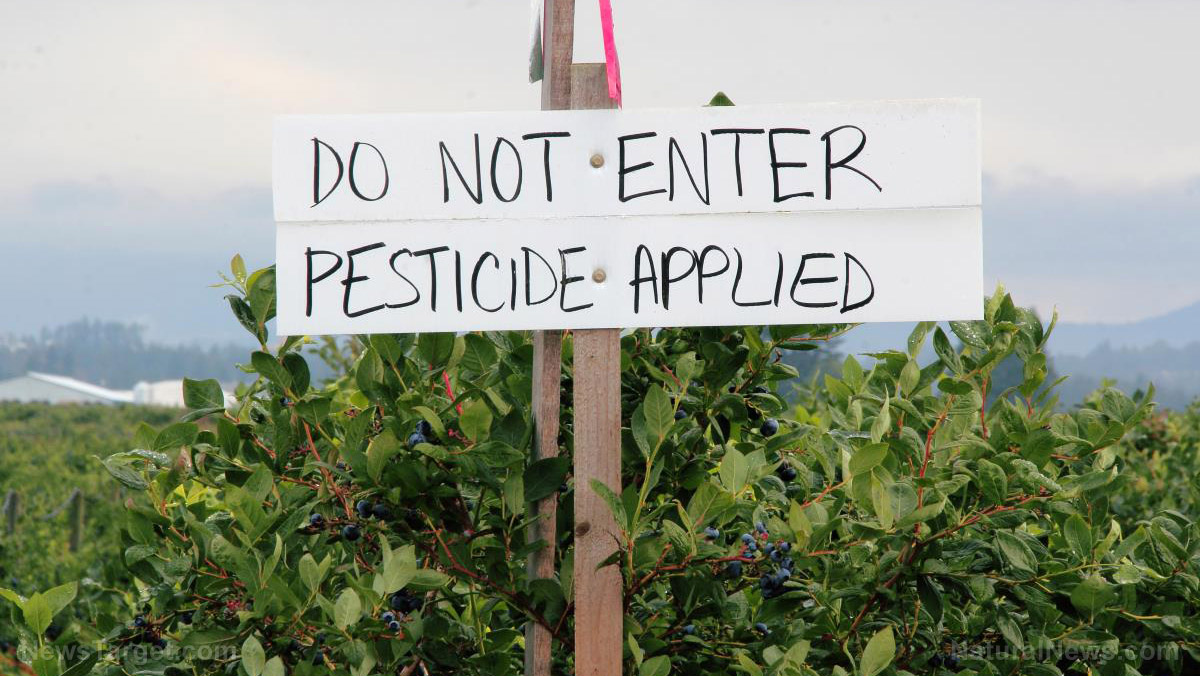Deadliest childhood crisis in the developed world: U.S. health decline has reached a tipping point
07/18/2025 / By Willow Tohi

- U.S. children face 80% higher mortality rate than peers in wealthy nations.
- Child obesity quadruples adult obesity risk, study warns.
- Over 54 children die daily amidst deteriorating health and rising chronic conditions.
- Disparities in nutrition and socioeconomic status deepen health inequities.
- Experts urge systemic reforms to address root causes of childhood health crisis.
New research reveals American infants are 80% more likely to die before age one, and U.S. children overall face an 80% higher mortality rate compared to peers in 18 other wealthy nations. Published in JAMA, the study highlights systemic failures in pediatric health driven by worsening chronic diseases, obesity, mental health crises and unsafe environments. From 2007 to 2023, the toll has been devastating: 54 additional children die daily in the U.S., totaling over 19,000 excess fatalities annually. These findings underscore a national health emergency, with systemic inequities and unsustainable policies disproportionately affecting children’s well-being.
Rising mortality and chronic illness
The study, analyzing mortality data, health surveys and electronic records, documents a sharp rise in poor health outcomes. For infants, preterm birth and sudden infant death syndrome are leading causes of death. Among older children, firearms now surpass motor vehicle accidents as the top cause of fatal injuries.
Chronic conditions are escalating:
- A child today is 15%–20% likelier to have a chronic physical, developmental, or mental health condition than a child in 2011.
- The proportion of 3- to 17-year-olds with at least one chronic illness jumped from 26% to 46% in 12 years.
- 1 in 5 children is obese, and 1 in 7 girls experiences early menstruation—a marker of metabolic dysfunction.
- Mental health has collapsed: 40% of U.S. high school students reported persistent sadness or hopelessness in 2023. Chronic pain or sleep disorders now affect 30% of school-age children, up from 20% since 2007.
Why U.S. children are falling behind: The interlinked crises
The JAMA study identifies catastrophic synergies undermining child health:
Nutritional collapse. Processed junk foods, “pseudo-healthy” diets and limited access to nutritious staples have fueled the obesity epidemic. Low-income families often rely on calorie-dense, cheap meals that worsen metabolic disease.
Maternal health crises. Prematurity rates have soared due to maternal diabetes, hypertension and substance misuse, driven by inadequate prenatal care.
Digital and behavioral shifts. Excessive smartphone use and sedentary lifestyles disrupt sleep, trigger obesity and fuel social isolation, driving mental health deterioration.
Structural inequities. The U.S. has the highest child poverty rate and deepest income inequality among wealthy nations, locking families into unhealthy cycles. Under-resourced communities lack safe spaces for exercise, fresh food access and trauma-informed mental health support.
“The U.S. spends twice as much on health care as other wealthy nations, yet prevention is undervalued,” said Linda Van Horn, a Northwestern University nutritionist. “Economic hardship limits food access, erodes nutrition education and magnifies pollution, poor housing and unsafe streets.”
Disparities deepen: Poverty and race as predictors of harm
While systemic inequities in race and income remain unstated in the study, existing data reveal stark gaps: Black mothers face twice the preterm birth rates of white mothers. Communities of color endure greater exposure to toxins, food deserts and under-resourced health systems. A landmark analysis found only 6.8% of U.S. adults met “optimal” metabolic health criteria by 2018—a nearly 50% decline since 1999.
“This isn’t just policy failure—it’s a society tolerating preventable suffering as normal,” noted Dr. Elizabeth Wolf, a JAMA editorial coauthor. “Without addressing systemic inequities, we risk irreversible harm to entire generations.”
Call for root-cause reforms: From food systems to public safety
Experts demand transformative action:
- Nutritional overhaul: Increase subsidies for fresh food in underserved areas and restrict junk food advertising targeting children.
- Preventive care: Expand mental health coverage, integrate pediatric and mental health services, and ensure universal access to prenatal care.
- Environmental justice: Invest in greenspaces, affordable housing and pollution controls to safeguard vulnerable communities.
- Public safety: Improve firearms safety and urban infrastructure to reduce accidental deaths.
“We must reject the notion that child health decline is inevitable,” said CDC’s Dr. K.M. Venkat Narayan. “When we stop politicizing commonsense measures like food equity and safety, we can turn the tide.”
With one-third of children born in 2000 projected to become diabetic and chronic diseases spreading to younger ages, the choice is stark: act now to avert a generational health collapse—or condemn millions to a lifetime of preventable suffering.
Sources for this article include:
Submit a correction >>
Tagged Under:
awakening, Censored Science, chemicals, child health, chronic disease, Collapse, depopulation, disease causes, fight obesity, longevity, national security, prevention, Public Health, stop eating poison
This article may contain statements that reflect the opinion of the author
RECENT NEWS & ARTICLES
COPYRIGHT © 2017 TOXINS NEWS




















